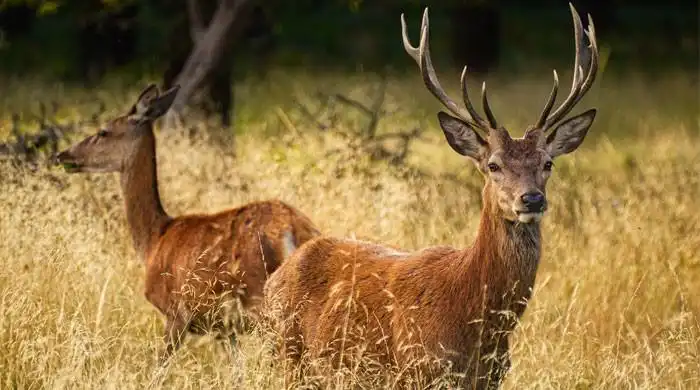Scientists fear spread of zombie deer disease to humans
First case of 'zombie deer disease' detected in Yellowstone National Park, leaving animals drooling, lethargic, emaciated, and stumbling.
The first case of chronic wasting disease (CWD), also known as 'zombie deer disease', has been detected in Yellowstone National Park, causing concern among scientists in the United States about the potential spread of the disease to humans in the future.
CWD is a highly contagious prion disease that affects deer, elk, reindeer, and moose, causing symptoms such as weight loss, stumbling, listlessness, and neurological issues. The disease was first reported in a deer in the Wyoming area of Yellowstone National Park.
The disease has been compared to "mad cow disease" and is part of a group of fatal neurological disorders. Dr. Cory Anderson, a program co-director at the Center for Infectious Disease Research and Policy (CIDRAP), has warned about the potential for a spillover event from animals to humans, similar to what happened with mad cow disease in Britain.
One of the concerning aspects of CWD is its ability to persist for years in the environment and its resistance to disinfectants, formaldehyde, radiation, and high temperatures. This poses a significant threat to both animals and the environment, as there is currently no effective method for eradicating it.
The Alliance for Public Wildlife has estimated that thousands of CWD-infected animals are being consumed by humans each year, with the number expected to increase annually. As a result, the CDC recommends that hunters have animals tested before consuming the meat.
In response to the detection of CWD in Yellowstone National Park, park staff has increased collaboration with state agencies to identify areas with an increased risk for the disease. This highlights the importance of monitoring and managing the spread of CWD to protect both wildlife and humans.











Comments on Scientists fear spread of zombie deer disease to humans